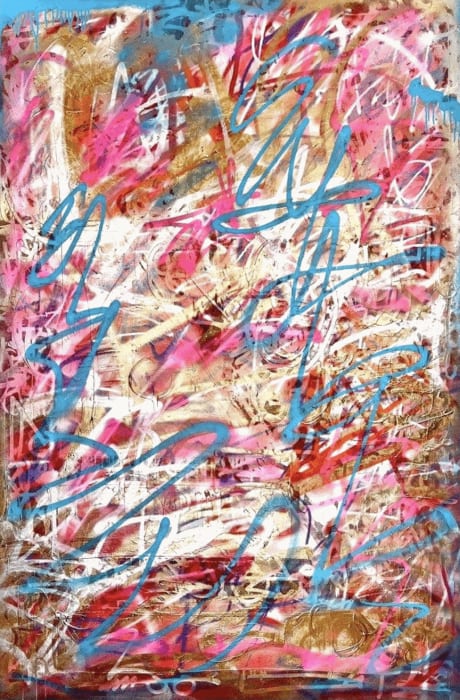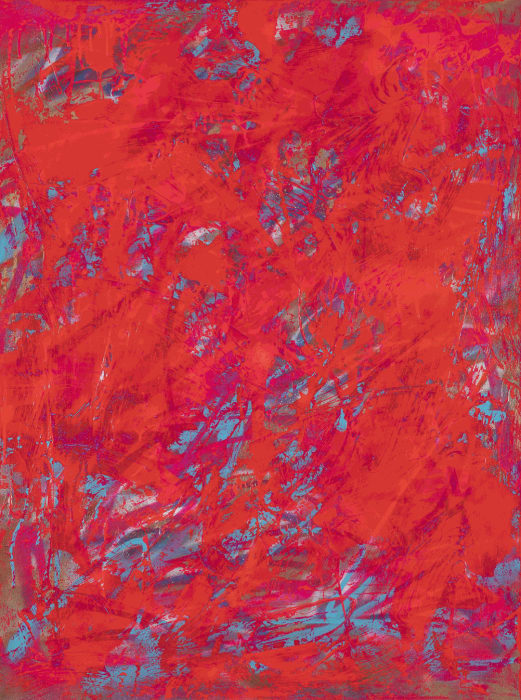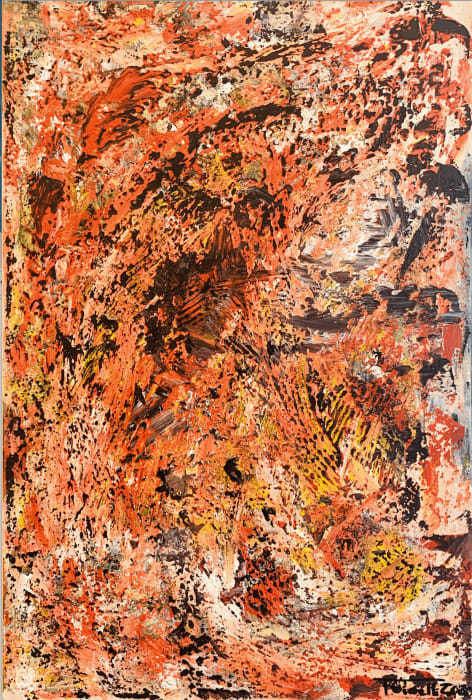Tim Gianelli b. 1989
-
 A Moment in Shibuya, 2024
A Moment in Shibuya, 2024 -
 Cas Abao Beach, Curacao , 2024
Cas Abao Beach, Curacao , 2024 -
 El Arco de Cabo San Lucas GRABBED ME , 2024
El Arco de Cabo San Lucas GRABBED ME , 2024 -
 Every Time in NYC, 2024
Every Time in NYC, 2024 -
 Flatiron Facades: Shadows and Light, 2024
Flatiron Facades: Shadows and Light, 2024 -
 Fragments of the Mind, 2024
Fragments of the Mind, 2024 -
 Tokyo Ramen Street and STARVING, 2024
Tokyo Ramen Street and STARVING, 2024 -
 Cityscape 2089 , 2022
Cityscape 2089 , 2022 -
 Exposure, 2022
Exposure, 2022 -
 It falls red, 2022
It falls red, 2022 -
 Treachery , 2022
Treachery , 2022 -
 Santorini Jazz, 2021
Santorini Jazz, 2021 -
 Brain Trauma
Brain Trauma -
 Blue Sky
Blue Sky -
 Hollow Brown
Hollow Brown -
 Hollow Munich
Hollow Munich -
 Hollow Purple
Hollow Purple -
 Impacted by 1980
Impacted by 1980 -
 Solomon's Eye
Solomon's Eye
Emerging mixed media artist Tim Gianelli has become most recognized for his abstracted works that, vibrant in color and often large scale, playfully experiment with media and subject matter all while unlocking one's emotions and fondest memories. Upon realizing that art was his passion, Gianelli began to teach himself techniques such as perspective, spatial relations and brushwork while sourcing inspiration from modern masters including Jackson Pollock, Mark Bradford, Gerhard Richter and Mikael Brandrup. The artist now refers to his process as a visual language, rendered from his own personal memories and perceptions of life. While remaining subject-less, Gianelli prefers to flood his canvases with an array of color combinations and forms, further encouraging the viewer to interact and conduct their own analysis on his abstract compositions. Gianelli states that his intent is to offer the viewer a positive experience - a chance to ponder, to engage deeply, and to follow the drips, the gestural marks, through these passages of color. If that creates joy, a meditative moment, the recall of space and time, or even a momentary escape, then he's accomplished his goal.
As for the works selected for this collaborative presentation, the artist will be featuring his most prominent series titled "Hollow". The collection includes paintings that touch upon themes of his past travel, memories and emotions combined with his inspiration from "The Legend of Sleepy Hollow". He uses his painting as a language describing the memories and emotions that mean the most to him in his life. Growing up he was heavily influenced by Salem, MA and all of the lore surrounding the infamous Salem witch trials.
Gianelli classifies this three-part sequence of paintings as "action painting" due to his spontaneous and vigorous combination of sweeping brush strokes across the composition. He feels that the painting process overtakes his physical and allows him to only focus on the act of painting. He then continues to intentionally manipulate the original texture of the canvas by adding additional drips and spills of (acrylic) paint, resulting in a somewhat experimental, idiosyncratic painting
-

Abstraction, Expressionism, and Beyond
Group show featuring Percy Fortini-Wright, Giovanni DeCunto, and Tim Gianelli 8 Dec 2022 - 17 Feb 2023PELLAS GALLERY IS PLEASED TO PRESENT "ABSTRACTION, EXPRESSIONISM, AND BEYOND", A GROUP SHOW FEATURING THE WORK OF BOSTON-BASED ARTISTS GIOVANNI DECUNTO, PERCY FORTINI-WRIGHT, AND TIM GIANELLI. "ABSTRACTION, EXPRESSIONISM, AND BEYOND" WILL OPEN ON DECEMBER 8, 2022 AND RUN THROUGH FEBRUARY 5TH, 2023.Read more -

Atypical Renaissance
Group Show: Timmy Sneaks, Tim Gianelli, Eleanor Arbor, Nygel Jones 2 Sep - 12 Oct 2021Pellas Gallery is pleased to present Atypical Renaissance, a group exhibition bringing together four local contemporary artists from within and beyond the gallery’s program. The showcase will feature a wide...Read more

























